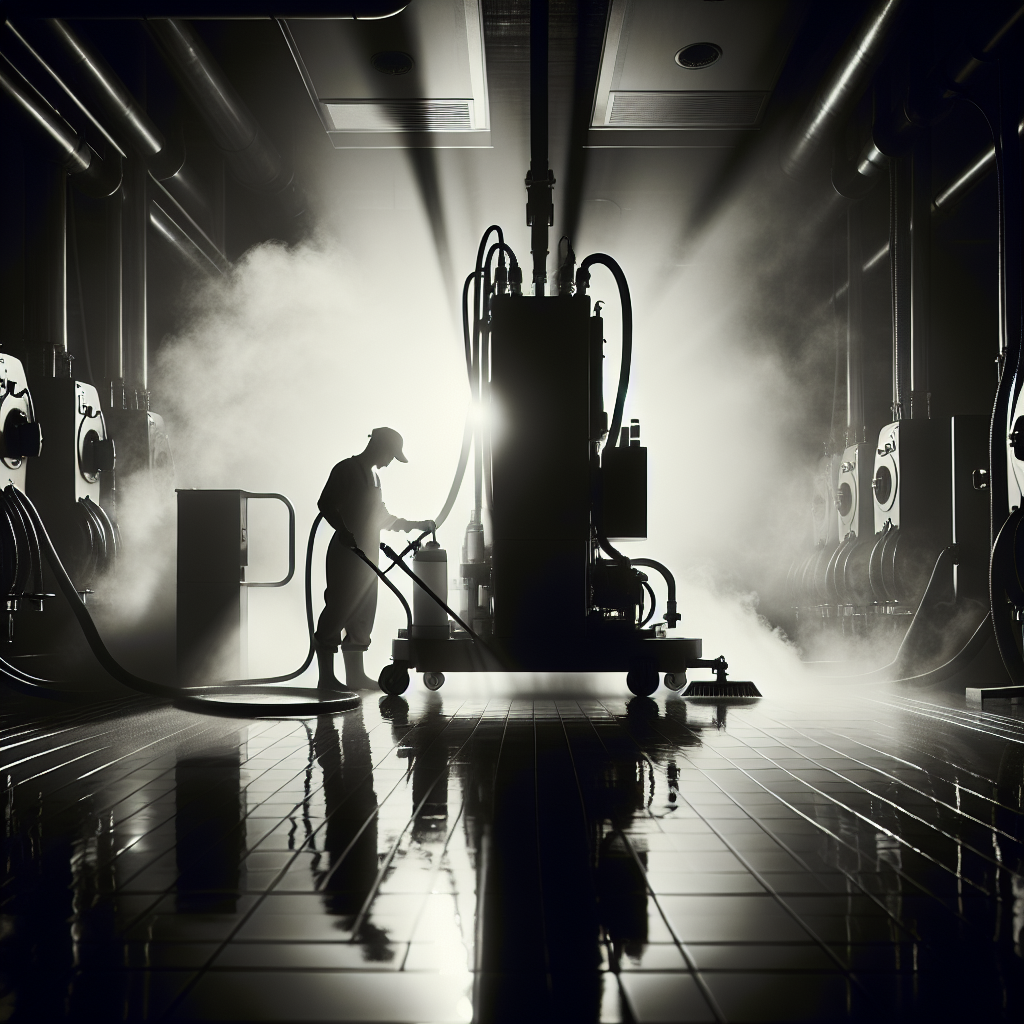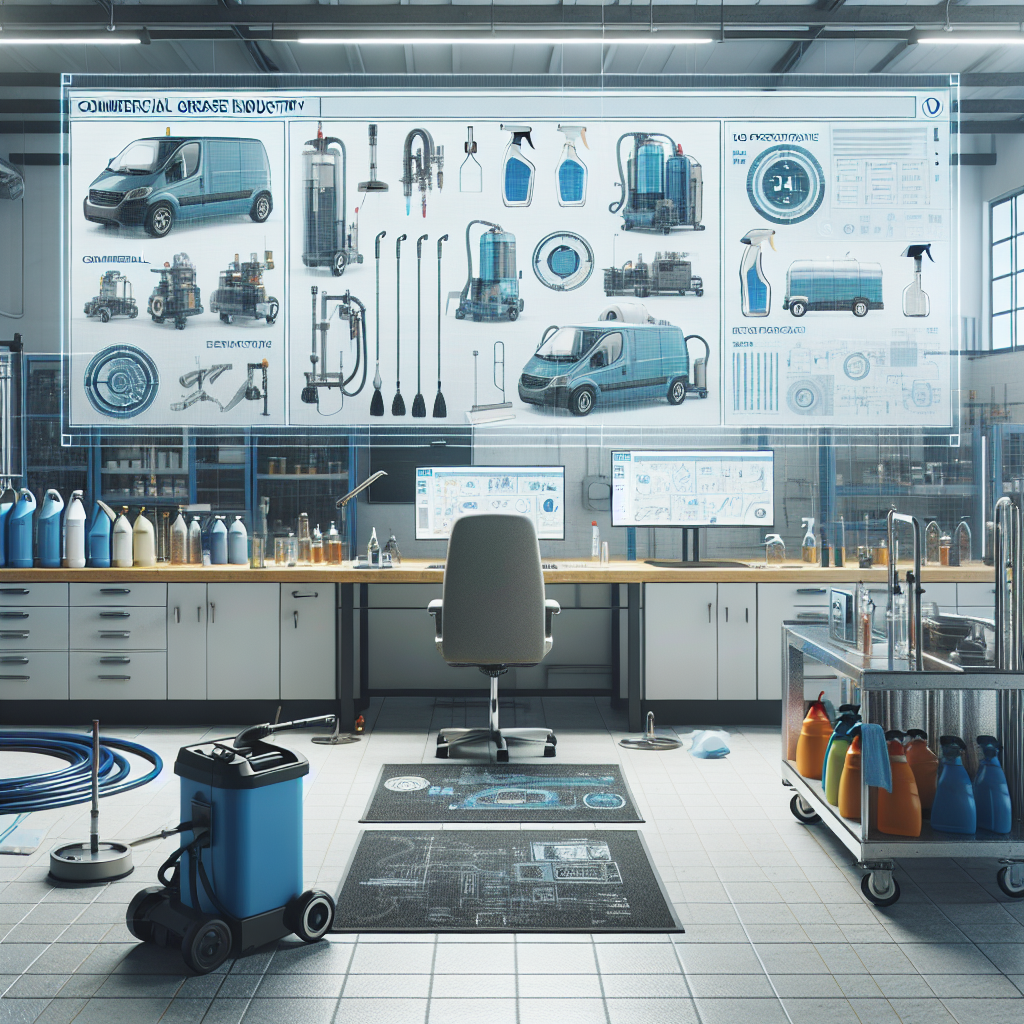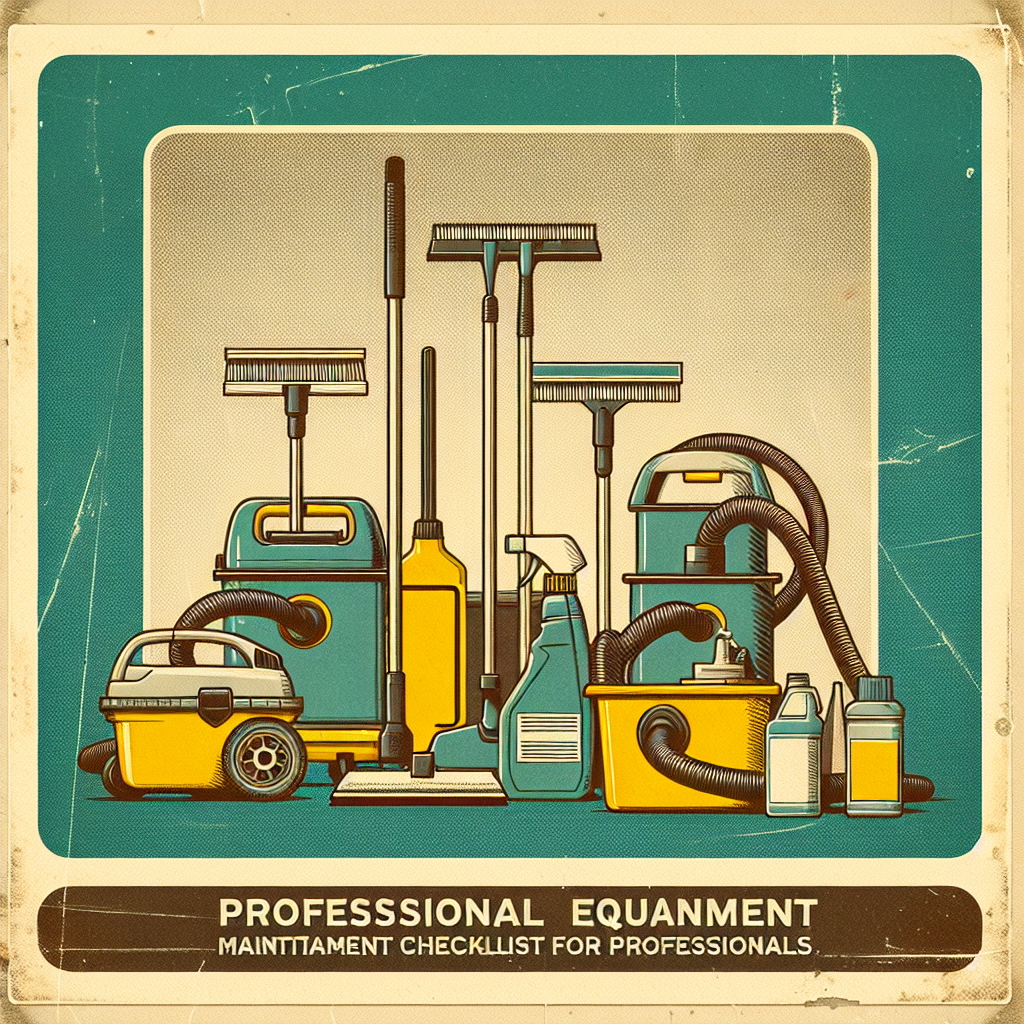Importance of Addressing Equipment Downtime
Equipment downtime not only hampers your cleaning operations but also affects your business reputation and client satisfaction. It is essential to recognize the impact of downtime on your overall business performance and take proactive steps to mitigate its effects.
Tips for Minimizing Equipment Downtime
- Train your staff on proper equipment usage and maintenance procedures to reduce the risk of avoidable damage and downtime.
- Keep detailed records of maintenance activities, repairs, and any issues encountered with the equipment. This information can help identify recurring problems and inform future maintenance decisions.
- Invest in quality equipment from reputable brands to minimize the likelihood of frequent breakdowns and ensure durability in the long run.
The Role of Regular Inspections
Conducting routine inspections of your equipment is key to detecting potential issues early on and addressing them before they escalate into major problems. Regular inspections can help you identify wear and tear, loose components, or other signs of impending failure.
By being proactive with inspections, you can catch issues at their inception, saving you time, money, and the hassle of dealing with unexpected downtime.Implementing Contingency Plans
Optimizing Equipment Performance
Regularly calibrating and tuning your equipment can help optimize its performance and efficiency, reducing the likelihood of breakdowns and maximizing its lifespan. Make sure to follow manufacturer recommendations for maintenance and calibration to keep your equipment running smoothly.
Time Management for Maintenance
Effective time management is essential for balancing equipment maintenance activities with your daily cleaning tasks. Prioritize maintenance tasks based on urgency and impact on operations, and allocate dedicated time for regular upkeep to prevent downtime and prolong equipment lifespan.
Responding to Equipment Alerts
Continuous Improvement and Training
Encourage a culture of continuous improvement within your team by providing ongoing training on equipment maintenance, troubleshooting, and best practices. Investing in the skills and knowledge of your staff can help prevent downtime caused by human error and ensure efficient equipment operation.



